Introduction
Regenerative amplifiers have revolutionized the world of amplification, especially in the realm of ultrafast laser systems. Their ability to deliver high pulse energies and ultrashort pulse durations has made them indispensable in both material processing and scientific research. One of the key components that ensure the precision and stability of these amplifiers is the optical isolator. In this article, we delve deep into the role of optical isolators in regenerative amplifiers and explore their myriad advantages.
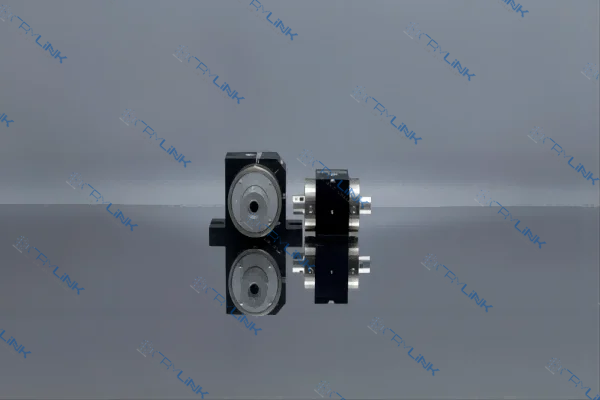
Understanding Optical Isolators
Optical isolators, as their name suggests, play a pivotal role in isolating light, ensuring it travels in only one intended direction. These devices have become an integral part of many optical systems, especially in environments where the integrity of the light signal is of utmost importance. Their primary function is to ensure that light, once it has passed through the isolator, cannot return. This is crucial in many applications where back-reflected or backscattered light can cause disruptions or even damage.
The principle behind optical isolators is fascinating and relies on the unique properties of light and certain materials. The heart of this device, the Faraday rotator, is named after the scientist Michael Faraday, who first discovered the Faraday effect. This effect is a magneto-optical phenomenon where the plane of polarization of light rotates when it travels through certain materials in the presence of a magnetic field. The degree of rotation is directly proportional to the intensity of the magnetic field and the path length of the light through the material.
Now, when this Faraday rotator is paired with polarizers, the magic of optical isolation comes to life. Imagine light entering the isolator. The first polarizer ensures that the light is polarized in a specific direction. As this polarized light passes through the Faraday rotator, its plane of polarization gets rotated. When this rotated light reaches the second polarizer, it can easily pass through since its polarization now aligns with this polarizer’s orientation. However, any light attempting to travel in the reverse direction will find its polarization misaligned with the second polarizer, causing it to be blocked.
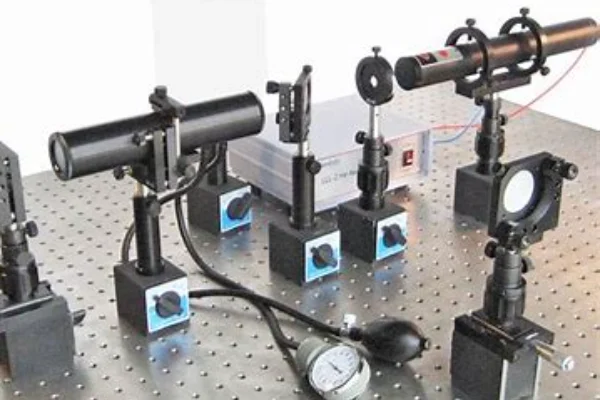
This mechanism of allowing light to travel freely in one direction while blocking it in the opposite direction is what gives optical isolators their name and function. The implications of this are profound. In laser systems, for instance, any light that reflects back into the laser can destabilize it, reduce its efficiency, or even damage its sensitive components. By ensuring that reflected light cannot re-enter the system, optical isolators protect these components and ensure the laser operates at its peak performance.
Furthermore, in high-precision optical experiments or communications systems, maintaining the integrity of the light signal is paramount. Even minor disruptions caused by back-reflections can lead to data loss or inaccuracies. Here again, optical isolators prove their worth by ensuring that the signal remains pure and undisturbed.
In conclusion, optical isolators, with their ability to control the direction of light, have become indispensable in modern optical systems. Through the clever use of the Faraday effect and polarizers, these devices ensure that light signals remain undisturbed, and sensitive components are protected from potential damage. As optical technologies continue to advance and find their way into more applications, the importance of devices like optical isolators will only grow.
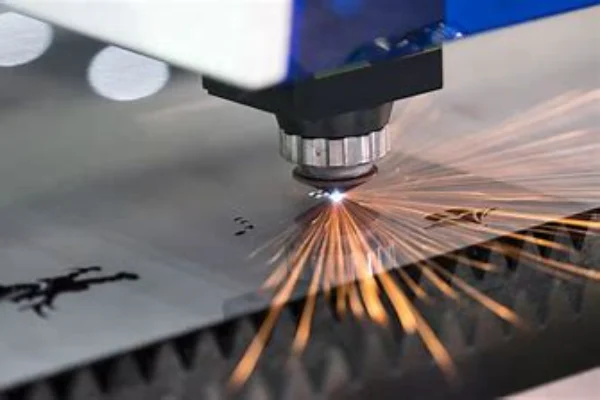
The Role of Optical Isolators in Regenerative Amplifiers
Optical isolators have emerged as a cornerstone in the realm of regenerative amplifiers, playing a pivotal role in ensuring their optimal performance. Their significance can be attributed to three primary functions: maintaining a stable cavity, enhancing pulse quality, and protecting sensitive components.
In the world of regenerative amplifiers, the concept of a stable cavity is of paramount importance. The cavity, which is the heart of the amplifier, is where the amplification of light pulses occurs. For this process to be efficient and precise, the environment within the cavity must be stable and free from disturbances. Any form of unwanted feedback or reflection can disrupt this environment, leading to inefficiencies and inaccuracies in amplification.
This is where optical isolators come into play. By allowing light to travel in only one direction and blocking any light attempting to move in the opposite direction, they ensure that unwanted reflections do not find their way back into the cavity. This unidirectional flow of light ensures that the cavity remains undisturbed, paving the way for precise and efficient amplification.
Beyond maintaining a stable environment, optical isolators play a crucial role in ensuring the quality of the amplified pulses. In the fast-paced world of ultrafast laser systems, the quality of each pulse is of utmost significance. Even the slightest disturbance or deviation can lead to pulse distortions, which can be detrimental in applications that rely on the precision of these pulses. Feedback and backscattering are two primary culprits that can degrade pulse quality. Optical isolators, with their ability to block these unwanted reflections, ensure that such disturbances are kept at bay. As a result, the pulses that emerge from the regenerative amplifier are of high quality, free from distortions, and ready for their intended applications.
Lastly, the protective role of optical isolators cannot be understated. Regenerative amplifiers, especially those used in high-energy applications, produce pulses that carry significant energy. While this energy is crucial for the intended applications, it can be harmful to the sensitive components of the amplifier if it gets reflected back. Such inadvertent reflections can lead to damage, reducing the lifespan of these components and leading to costly repairs or replacements. Optical isolators act as the first line of defense against such scenarios. By ensuring that high-energy pulses do not get reflected back into the system, they protect these delicate components, ensuring the longevity and reliability of the regenerative amplifier.
In essence, optical isolators are the unsung heroes in the world of regenerative amplifiers. Their ability to maintain a stable environment, ensure pulse quality, and protect sensitive components makes them indispensable. As the demand for high-precision, high-energy amplification grows, the role of optical isolators will only become more significant, ensuring that regenerative amplifiers continue to deliver on their promise of precision and efficiency.
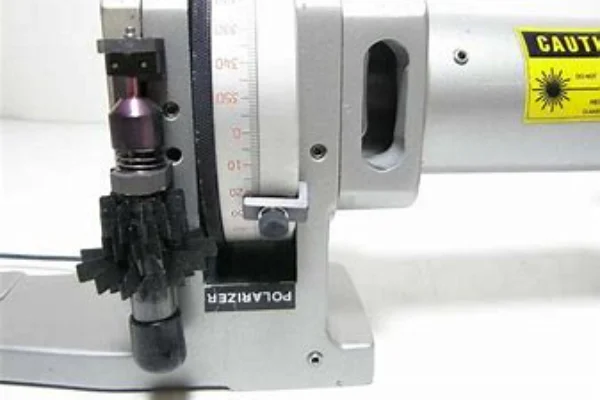
Advantages of Regenerative Amplifiers with Optical Isolators
Regenerative amplifiers, when paired with optical isolators, offer a synergy that brings forth a plethora of advantages, setting them apart from traditional amplification systems. This combination has paved the way for breakthroughs in various fields, from industrial applications to cutting-edge scientific research.
One of the standout benefits of this pairing is the ability to achieve high pulse energies. In the realm of amplification, the energy of the pulse is a critical parameter. Traditional amplifiers often face challenges in achieving high energies, primarily due to disturbances in the amplification process. These disturbances can arise from unwanted feedback or reflections, which can disrupt the amplification process.
However, with the introduction of optical isolators in regenerative amplifiers, these disturbances are effectively eliminated. The isolators ensure a one-way path for the light, preventing any back-reflections. This undisturbed environment allows for optimal energy transfer, enabling the amplifier to produce pulses with significantly higher energies. Such high-energy pulses are invaluable in applications where energy intensity is paramount.
Another remarkable advantage is the production of ultrashort pulse durations. In many applications, especially those requiring high precision, the duration of the pulse is as crucial as its energy. Shorter pulse durations allow for higher temporal resolution, enabling detailed observations and interactions on incredibly short timescales. The inherent precision of optical isolators ensures that the amplification process is free from external disturbances, allowing regenerative amplifiers to produce these ultrashort pulses. Such pulses are especially beneficial in fields like ultrafast spectroscopy, where observations on femtosecond timescales are essential.
Beyond the technical specifications, the versatility of regenerative amplifiers equipped with optical isolators is truly commendable. Their ability to cater to a diverse range of applications makes them a sought-after tool in various industries. Whether it’s precision material processing, where high-energy, short-duration pulses are used to make intricate cuts or modifications, or scientific research, where the quality of the pulse can be the difference between a groundbreaking discovery and a missed opportunity, these amplifiers prove their mettle. Their consistent performance and reliability make them a preferred choice for professionals and researchers alike.
In conclusion, the fusion of regenerative amplifiers with optical isolators has ushered in a new era of amplification. Their ability to produce high-energy, ultrashort pulses, coupled with their versatility, positions them at the forefront of amplification technology. As the demands of industry and research evolve, this combination promises to meet them head-on, driving innovations and breakthroughs for years to come.
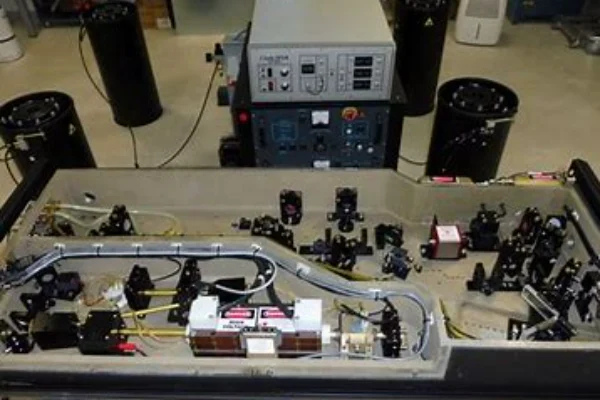
Conclusion
Regenerative amplifiers, when combined with optical isolators, offer unparalleled precision and stability in amplification. The isolators play a pivotal role in ensuring that the amplifiers function at their optimal capacity, delivering high pulse energies and ultrashort pulse durations. As the demand for precise and efficient amplification grows, the synergy between regenerative amplifiers and optical isolators will continue to shape the future of amplification technology.
FAQs
- What is the primary function of an optical isolator in a regenerative amplifier?
- The primary function of an optical isolator in a regenerative amplifier is to allow light to pass in one direction while blocking it in the opposite direction, preventing unwanted feedback into the laser cavity.
- How do optical isolators enhance the pulse quality in regenerative amplifiers?
- Optical isolators eliminate feedback and backscattering, ensuring that the pulse quality remains high and undistorted.
- Why are optical isolators crucial for ultrafast laser systems?
- In ultrafast laser systems, minor disturbances can lead to significant pulse distortions. Optical isolators ensure that such disturbances are minimized, allowing for precise amplification.
- Can regenerative amplifiers function efficiently without optical isolators?
- While regenerative amplifiers can function without optical isolators, their efficiency, precision, and stability are greatly enhanced with the inclusion of isolators.
- What applications benefit the most from regenerative amplifiers with optical isolators?
- Applications that require high pulse energies, ultrashort pulse durations, and high temporal resolution, such as material processing and scientific research, benefit the most from regenerative amplifiers equipped with optical isolators.

Frank
Frank graduated from the University of Shanghai for Science and Technology, majoring in optics. As a technical engineer at Crylink Company, he deeply understands crystal materials and laser components.
Related Video(s) with this Article
Related Product(s) with this Article
Related Application(s) with this Article
